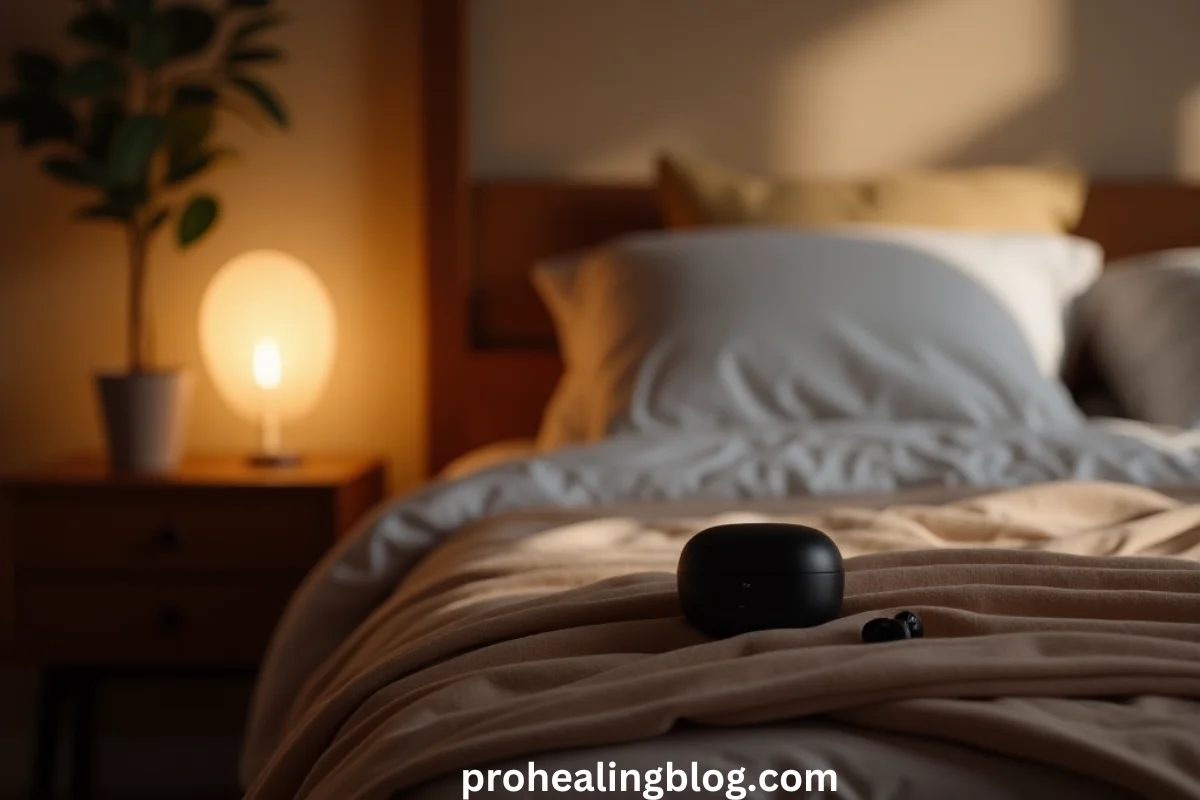Imagine the comfort of welcoming your baby into the world at home, surrounded by family and friends, with a midwife you trust. This represents the aspiration of a home birth for many. But is it the right option for you? The trend of home births is increasing, as numerous parents choose a more natural and tailored birthing experience. Nonetheless, it does come with challenges and risks. This article will delve into the true meaning of it, who qualifies for it, and the advantages and disadvantages of opting for this choice. If you are weighing the option of home birth or simply inquisitive, we have the answers you seek. Let’s get started!
What is a Home Birth?
It refers to the act of giving birth at one’s residence, usually with the assistance of a midwife or doula, as opposed to in a hospital setting. Those looking for a more natural, less medicalized birthing experience often choose it.
See Also: Lipotropic Injections: The Secret to Boosting Weight Loss and Energy
Who is Eligible for a Home Birth?
It is not suitable for everyone. Several factors determine eligibility:
- Low-Risk Pregnancy: Absence of issues such as high blood pressure, diabetes, or previous C-sections.
- Healthy Baby: The baby is properly positioned head down and shows no indications of distress.
- Proximity to a Hospital: A hospital should be reachable within 30 minutes in case of emergencies.
Always check with your healthcare provider to see if a home birth is safe for you.
Advantages
- Comfort and Familiarity: You are in your own environment, with those dear to you around.
- Personalized Care: During labor, midwives frequently offer individual attention.
- Fewer Medical Interventions: Decreased occurrences of epidurals, episiotomies, and C-sections.
- Cost-Effective: Typically less expensive than a hospital birth.
Disadvantages
- Limited Emergency Resources: If complications arise, immediate medical help may not be available.
- Pain Management Options: Limited access to epidurals or other pain relief methods.
- Cleanup and Logistics: You’ll need to prepare your home and handle post-birth cleanup.
- Insurance Coverage: Generally lower in cost than giving birth in a hospital.
Home Birth vs. Hospital Birth: Key Statistics
- Safety: The incidence of neonatal mortality is lower for hospital births, particularly in the case of high-risk pregnancies.
- Intervention Rates: While home births involve fewer medical interventions, they also have a higher rate of transfers to hospitals when complications arise.
- Satisfaction: A significant number of parents indicate that they are more satisfied with home births because of the personalized experience.
How to Prepare for a Home Birth
- Choose a Qualified Midwife: Guarantee they have certification and experience.
- Create a Birth Plan: Specify your preferences regarding labor, delivery, and postpartum care.
- Prepare Your Home: Prepare a tidy and cozy environment that has all required materials.
- Have a Backup Plan: Be aware of the fastest way to reach the closest hospital in case of emergencies.
Conclusion
While giving birth at home can be a lovely and empowering experience, it’s not suitable for everyone. Grasping the advantages and disadvantages, as well as the necessary conditions, will enable you to make a decision that is best for both you and your baby. If you are thinking about having your baby at home, talk to a qualified midwife and your healthcare provider to make sure the experience is safe and positive.
See Also: Can You Freeze Avocados? The Ultimate Guide to Preserving Freshness
FAQs
Is it a good idea to have a home birth?
Your health, pregnancy status, and individual preferences will determine this. With appropriate planning and support, low-risk pregnancies can be suitable candidates.
What is the meaning of home birth?
A home birth means having your baby at home, usually with the help of a midwife or doula, rather than in a hospital.
Is home birth less painful?
Although pain levels differ, home births typically depend on natural pain relief methods such as breathing techniques, water immersion, and massage, rather than medical interventions like epidurals.
How to deliver a baby without pain?
No method guarantees a birth without pain, but approaches such as hypnobirthing, water births, and relaxation exercises can assist in effective pain management.
What are the risks of home birth?
Risks comprise postponed access to emergency treatment, increased likelihood of neonatal complications, and the possibility of unplanned hospital transfers.
Can I have a home birth after a C-section?
Due to the increased risk of complications such as uterine rupture, it is generally not advised. Always seek advice from your healthcare provider.






